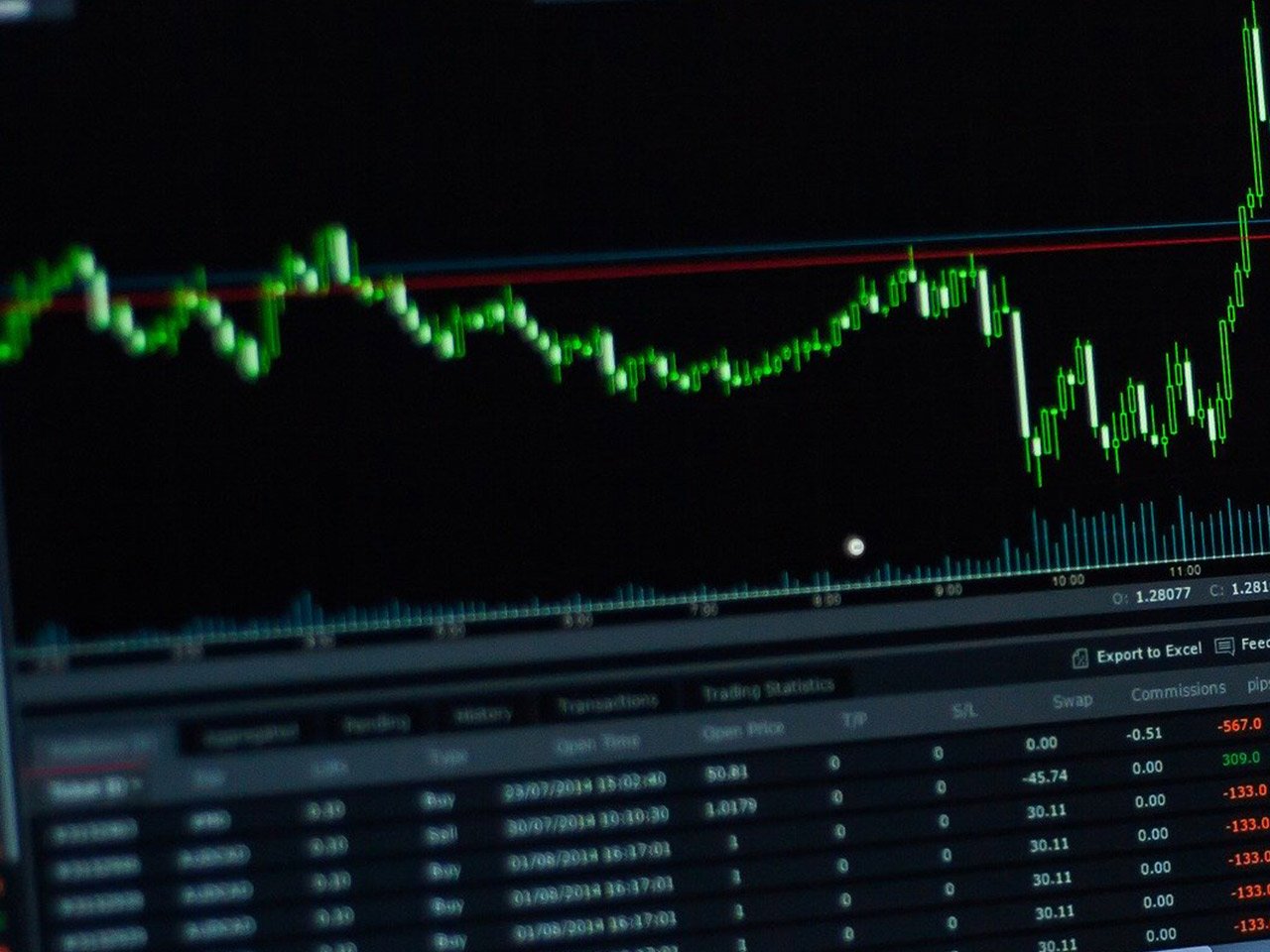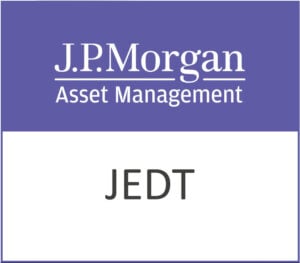Marks and Spencer Group PLC (MKS.L), a stalwart of the British high street, has long been a bellwether for the retail sector. Operating within the consumer cyclical sector and classified under department stores, the company holds a significant place in the United Kingdom’s economic tapestry. With a market capitalisation of $6.9 billion, M&S continues to capture the attention of investors, particularly as it navigates the complexities of a competitive retail landscape.
Currently, the company’s shares trade at 342.3 GBp, reflecting a modest price change of -0.02%, illustrating some stability amidst broader market fluctuations. The 52-week price range between 310.80 GBp and 411.30 GBp indicates a degree of volatility, yet also suggests potential opportunities for investors eyeing entry points within this band.
A closer examination of valuation metrics might raise some eyebrows. The absence of a trailing P/E ratio and the notably high forward P/E of 1,023.90 suggest that investors are pricing in substantial future earnings growth, albeit with a cautious lens. Traditional valuation indicators such as Price/Book and Price/Sales are currently unavailable, which might demand further scrutiny for those relying heavily on these metrics for investment decisions.
Performance-wise, Marks and Spencer’s revenue growth stands at a healthy 6.20%, a testament to its resilience and strategic adaptations within the retail sector. The company’s return on equity of 10.10% underscores its ability to generate profit from shareholders’ equity, a critical measure of management efficiency. Moreover, the free cash flow figure, a robust £624,587,520, affirms the company’s capacity for reinvestment and potential for sustainable dividend payouts.
Speaking of dividends, M&S offers a yield of 1.05%, with a conservative payout ratio of 21.43%, signalling a cautious yet shareholder-friendly approach to profit distribution. This positions the company as a potentially attractive option for income-focused investors seeking stable, albeit modest, returns.
Analyst sentiment around M&S is broadly positive, with 11 buy ratings and 4 hold ratings, and no sell recommendations. The target price range between 342.00 GBp and 462.00 GBp, with an average target of 420.67 GBp, suggests a potential upside of 22.89%. This optimistic outlook might entice growth-oriented investors willing to bank on the company’s strategic initiatives paying off in the long run.
From a technical perspective, the stock trades below both its 50-day and 200-day moving averages, which might indicate bearish sentiment in the short term. However, with a Relative Strength Index (RSI) of 71.10, the stock is approaching overbought territory, hinting at possible near-term price corrections. The MACD of -1.48 and Signal Line of -2.61 further depict a complex technical landscape that savvy investors will need to navigate carefully.
Marks and Spencer’s multifaceted operations span fashion, home, beauty, and food segments, alongside international franchises and banking services. This diversification, while providing resilience against sector-specific downturns, also presents challenges in maintaining focus and operational efficiency. Nonetheless, the company’s storied history and strategic agility continue to bolster its brand equity in a rapidly evolving market environment.
For investors considering M&S, the interplay of its historical significance, current market position, and future growth prospects provides a compelling narrative. As the company adapts to shifting consumer preferences and technological advancements, its journey will undoubtedly be a focal point for those invested in the broader retail sector’s evolution.










































